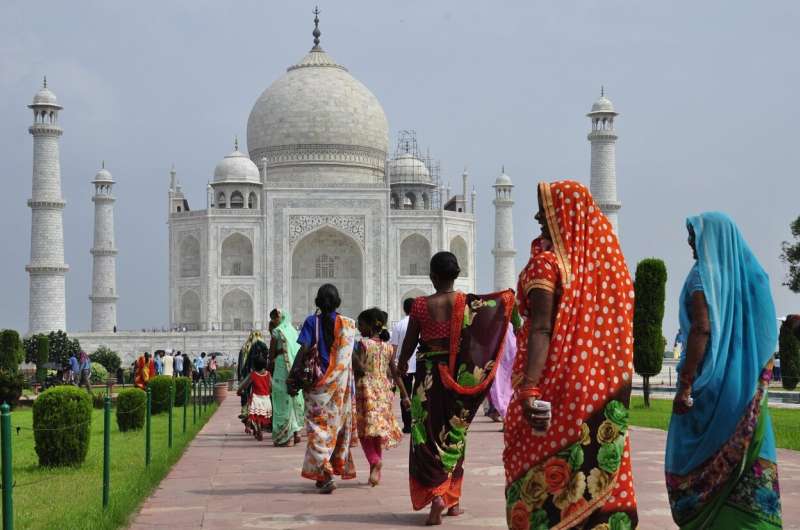Calls for a 'one-child policy' in India are misguided at best, and dangerous at worst

India will surpass China as the country with the world's largest population in 2023, according to the United Nations World Population Prospects 2022 .
The UN also projects the global population has .
As early as March 2022, reports that India's population had already surpassed China's, though this was later dispelled by experts.
Women in India today are having fewer children than their mothers had. But despite a lower fertility rate, the country's population is still growing.
The idea the country should adopt something like China's former "one-child policy" has been moving from the fringe .
But the notion that India should emulate China's past population policies is misguided at best, and dangerous at worst.
Both countries are struggling with the legacy of harsh population policies, and stricter population controls in India could have disastrous consequences for women and minority communities.
Given Australia's , it should be concerned about what population policy could mean for the erosion of democratic norms in India.
Unintended consequences
India implemented the world's first national family planning program in 1952. The birthrate began to drop, but only gradually, and family sizes remained stubbornly high. The government then implemented particularly of Muslims and the urban poor, especially during "The Emergency" years of 1975-77.
After the founding of the People's Republic of China in 1949, infant mortality dropped significantly. Between 1950 and 1980, China's population . The "one-child policy"—limiting births per couple through coercive measures—was implemented in the early 1980s, and fertility dropped dramatically.
In both India and China, these population policies had unintended consequences.
In China, the government found that once fertility rates dropped, they were faced with an aging population. Even after relaxing birth control policies to allow all couples to have two children in 2015, and three children in 2021, birth rates , particularly among the urban middle class favored by the government.
In both countries, skewed sex ratios caused by sex selective abortions have led to a range of social problems, including and .
China has found that despite reversing course, it cannot undo this rapid demographic transition. Urban, middle-class couples face mounting financial pressure, including the and of caring for the elderly. While the government has encouraged "high quality" urban women to give birth, rural and minority women are still .
As in China, in some states in India, women's education and their aspirations for their children have . Like China, these states now face an aging population. Birth rates in other states with high Muslim populations have , but at a slower rate.
Unfair impact
Despite declining birth rates, politicians have advocated for the adoption of something like China's former one-child policy in northern states with large Muslim populations. These calls have less to do with demographic reality, and more to do with majoritarian around Muslim and "lower-caste" fertility.
The worry here is that the coming population milestone will push India to adopt knee-jerk population policies. These could in turn unfairly affect women and minorities.
Four Indian states with large Muslim populations have already passed of a "two-child policy". What's more, built into many of these policies are incentives for families to have just . And in 2021, a senior government minister a national "one-child" policy.
Like past population control policies, they're targeted at Muslim and lower-caste families, and illustrate a broader Hindu nationalist agenda with .
As happened at the height of China's one-child policy, Indians could lose government jobs and more if such laws were passed at the national level. Some Indian states and municipalities have already legislated that people with more than two children are and .
The irony is that India's birth rate and the size of families are because of women's own reproductive choices. Many women are getting after having two children (or after having a son).
However, for doctors and the women means are pressured to undergo these procedures.
In other words, the trend in India is towards smaller families already. As the 2022 UN report itself notes, .
Provided by The Conversation
This article is republished from under a Creative Commons license. Read the .![]()



















